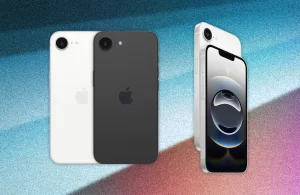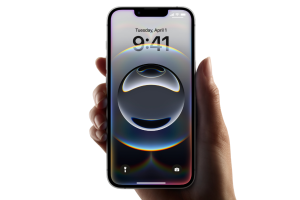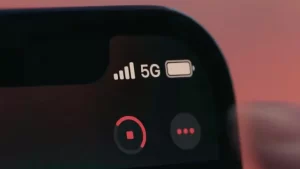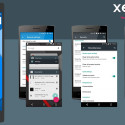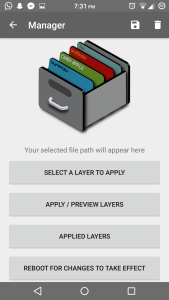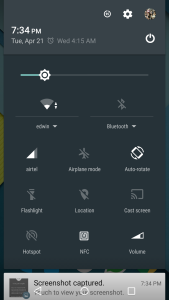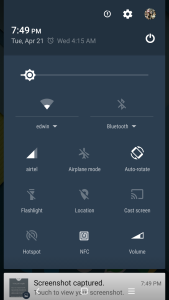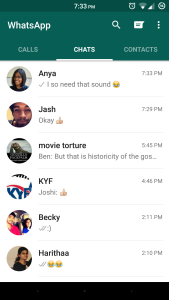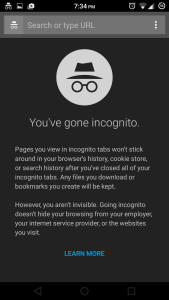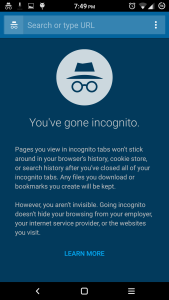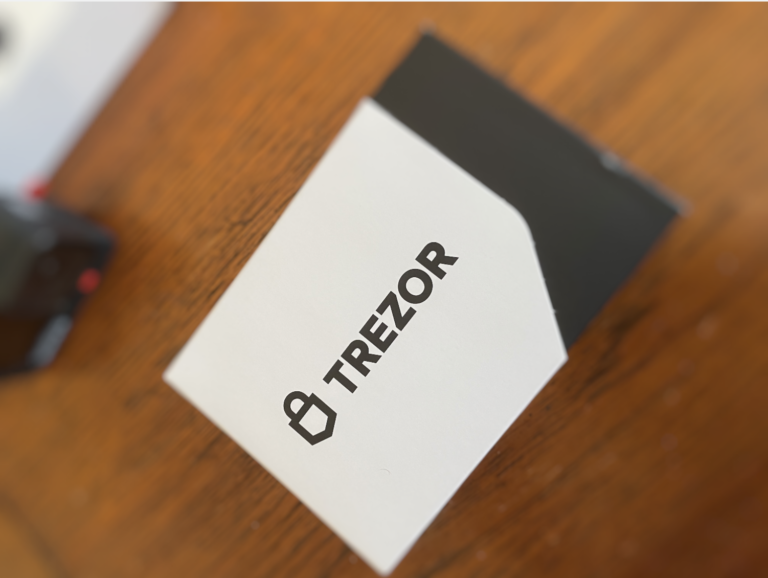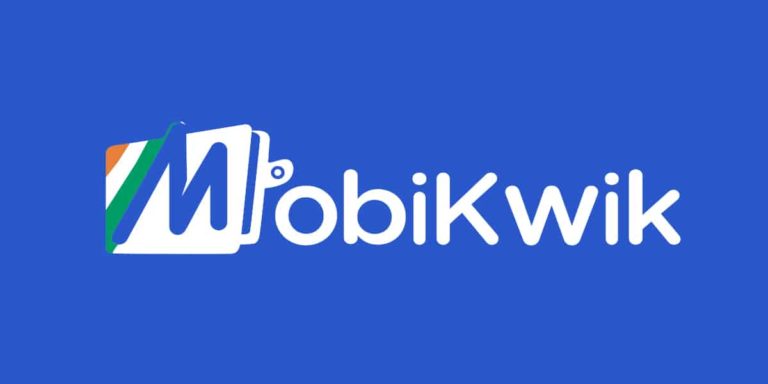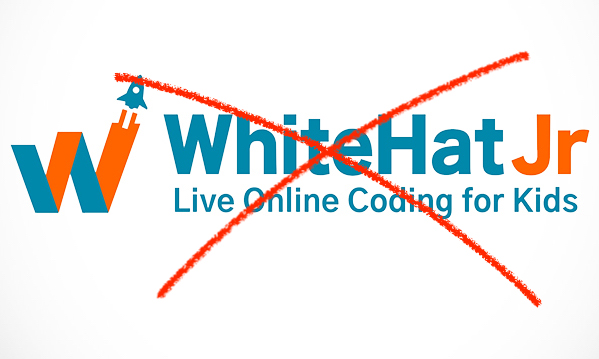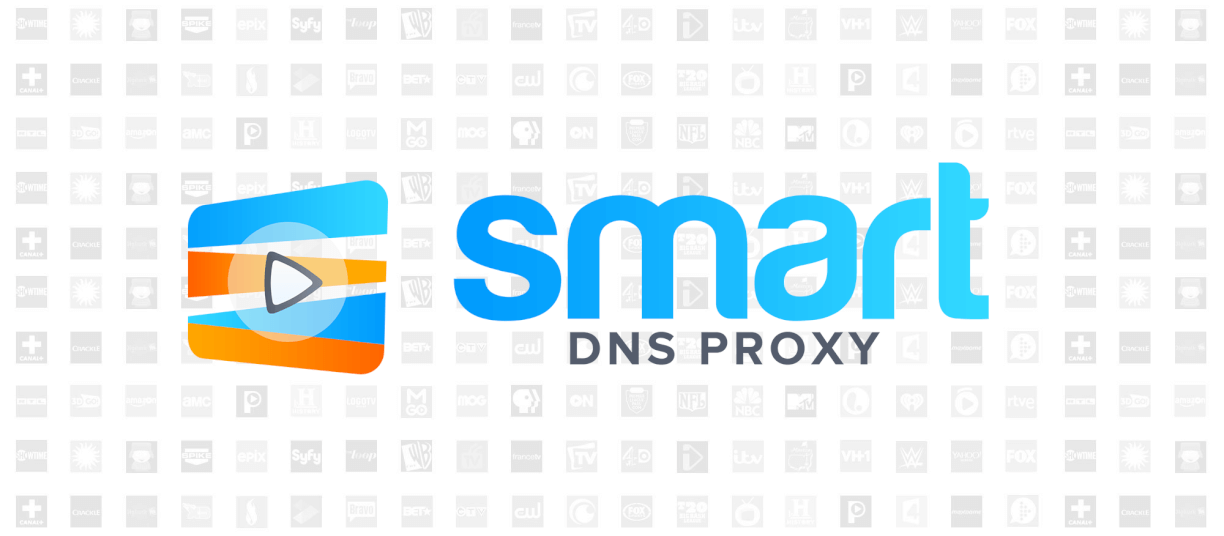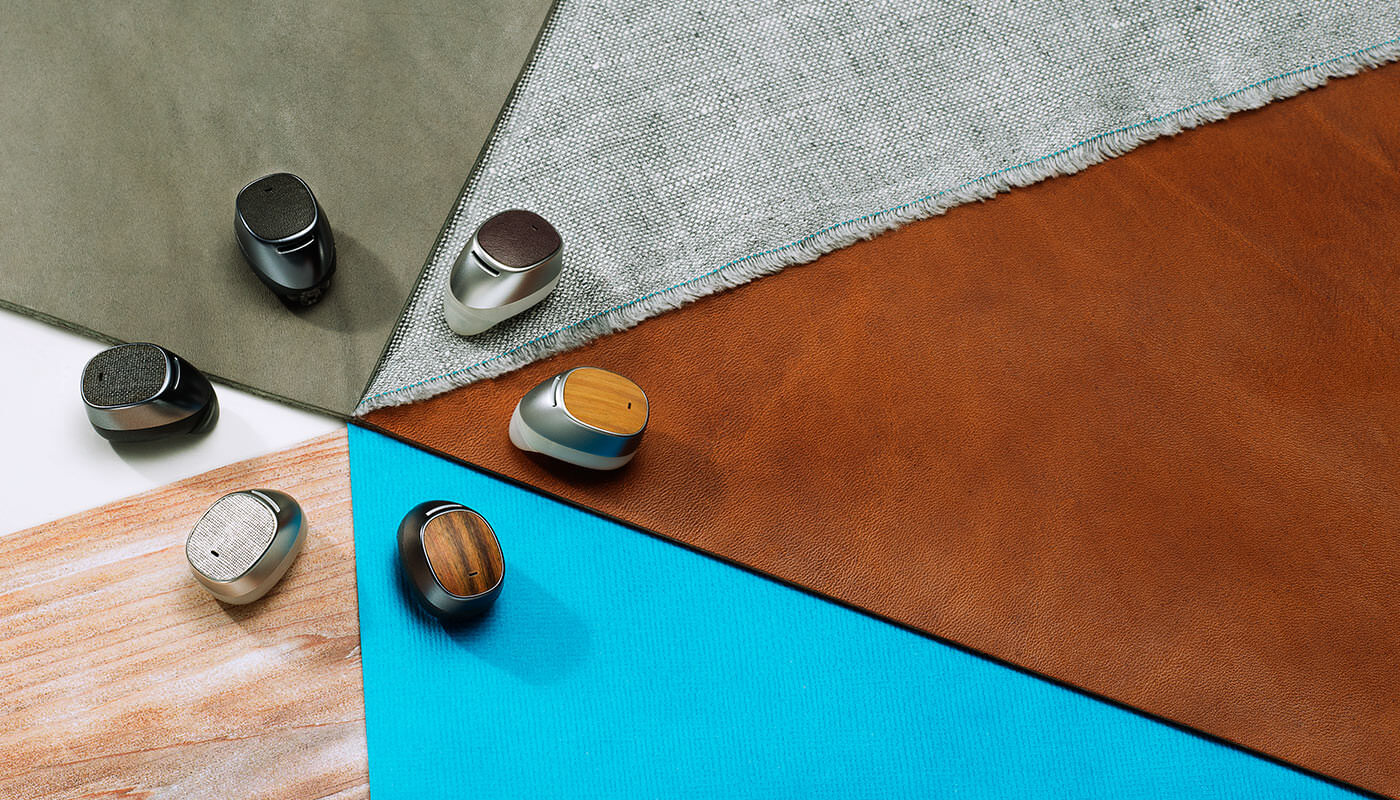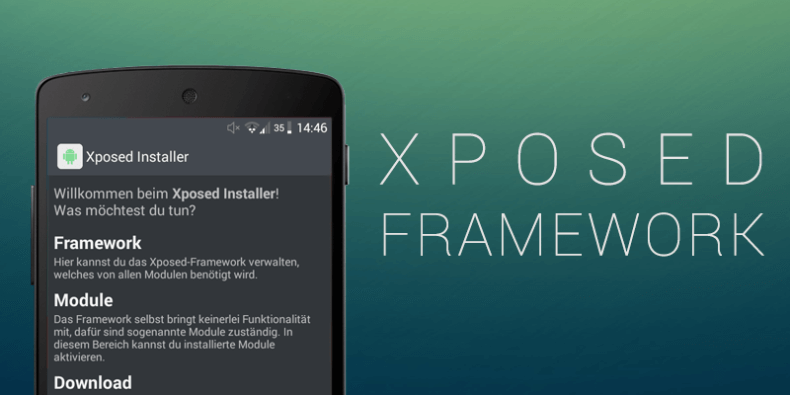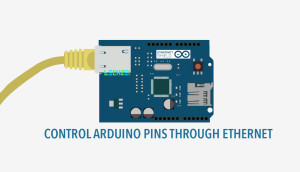The current storm that has hit Android Lollipop users is the introduction of Layer Manager app into the Play Store. For those of you who are new to Layers, it is an optimization of the Lollipop internal code introduced in 5.1. This allows you to customize every aspect of your Android phone’s appearance including SystemUI, Navbar, App Overlay Themes, etc. So let’s take a look at how Layers works.
The three things you’ll need in order to start theming your phone is
1. Layer Manager app from Play Store
2. Root Access
3. Custom ROM compatible with Layers
If you’re new to rooting, please go through the XDA forum page for your respective device as several times, the devices tend to get bricked or end up in bootloop if the procedure isn’t done correctly. There are several methods to root your phone, the easiest of which is through the Towelroot app from the Play Store. At present only a few devices are compatible with it, but you might get lucky.
So once you’ve had these three prerequisites, you’re ready to start theming. There are basically two types of theming that can be done – System Themes and Overlays.
System themes change the overall theme of the phone according to what the developer has specified. Overlays are more application specific and are used to theme individual apps. Overlays are always present as APK files which will have to be copied onto the phone’s storage. System Themes can be found as zip files on the web or can be downloaded and installed from the Play Store and you can take the package apart and install only the specific UI items that you need.
The basic concept of Layers is that one layer can be added on top of another layer and this can be extended to how many ever as needed. These layers will work harmoniously as long as none of these layers don’t conflict with each other.
The primary difference between Layers and other theme engines(like CM theme engine) is that Layers uses the internal code of Lollipop and modifies it according to the themes you apply. So you actually don’t have any extra services running in the background making sure that the interface is being constantly updated to match the theme. All changes are in the internal code and so the system thinks that the new colors and system interface elements are the default ones being used.
Several System themes are available on the Play Store and more are on their way considering the fact that Layers is really new. Here I’ve used the Element theme from the Play Store. These are the differences.
A couple of overlays I’ve used have been taken from the BlueMist theme for Samsung Galaxy S6 and I’ve used it to theme WhatsApp & Chrome.
Overall, it’s fair enough to say that Layers has a fair amount of potential considering the fact that it is compatible with most Custom ROMs. In saying that, since there are a lot of Custom ROMs out there, it isn’t possible for all of them to give support for Layers because they all would have to change their implementations but right now all the best ROMs including Cataclysm, Euphoria, Chroma, XtraSmooth all have Layers already integrated into them and I’m pretty sure the rest will follow.

